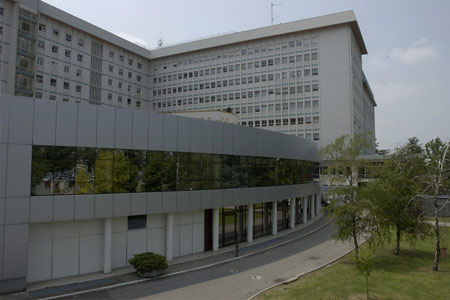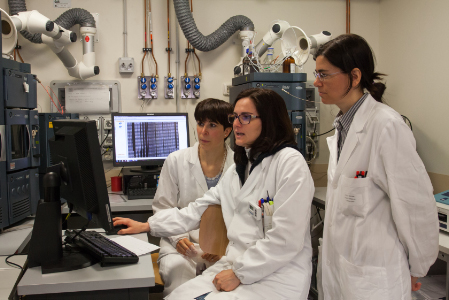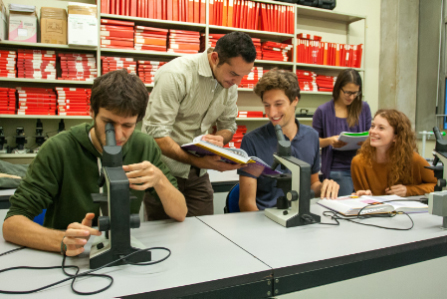Chronic obstructive pulmonary disease (COPD) is an inflammatory disease of the airways characterized by progressive and irreversible decline in lung function. It affects approximately 10% adults and it is estimated to become the third cause of death by 2020. Although the commonest causes of COPD is chronic cigarette smoking, only about 25% of smokers develop COPD, suggesting that there may be genetic, epigenetic, or host factors that predispose to its development, although these have not been identified yet. Understanding of the underlying molecular and immunological mechanisms is critical to developing new strategies for early diagnosis and for therapy. In fact, COPD is difficult to diagnose in the early stage. Moreover, around 30% of the patients are unresponsive to the steroid treatment, that, together with bronchiodialator, is the most widely used therapy for all patients with persistent COPD. COPD patients show exacerbated lung and systemic inflammation, measured as increased circulating cytokines, chemokines, and acute phase proteins, or as abnormalities in circulating cells. In this context, we have recently identified the presence of a population of low-density neutrophils (LDNs - e.g., that localize within the mononuclear cell fraction after density gradient centrifugation of blood) in the pheripheral blood of COPD patients (preliminary data). A thorough phenotypic, molecular and functional characterization of these circulating leukocyte populations will provide relevant insights into the pathogenesis and progression of COPD. Remarkably, this study may unveil a novel early marker of COPD or of the responsiveness to steroid therapy.







